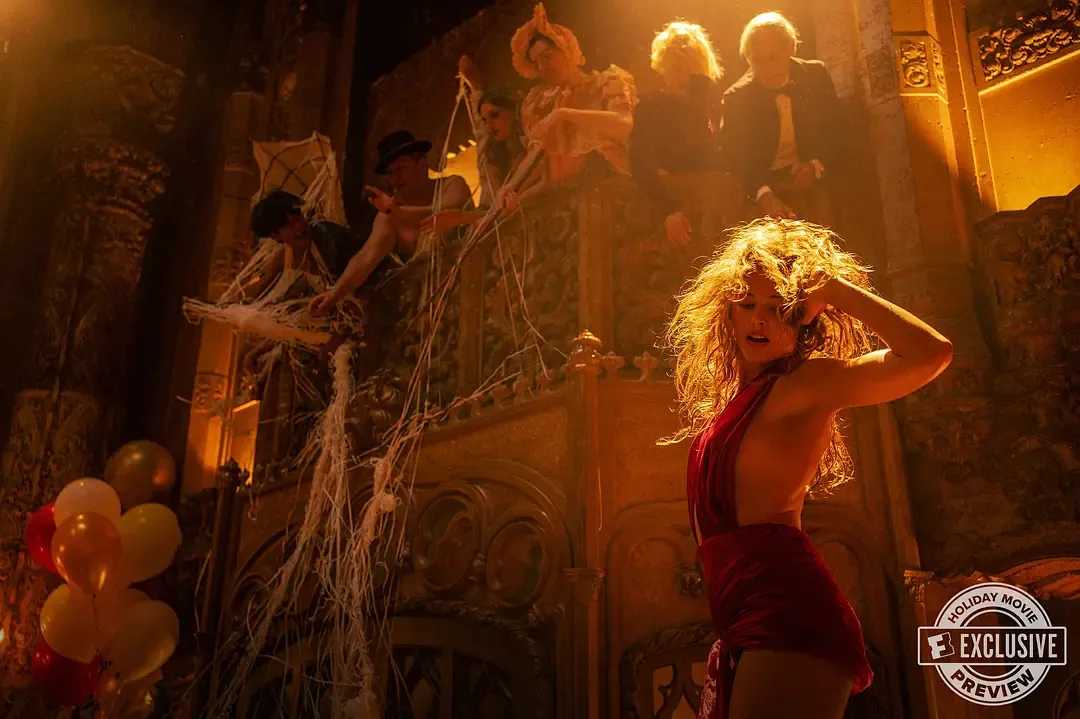Zhongjiang’s Movie Review: A Deep Dive into “Babylon”
Synopsis
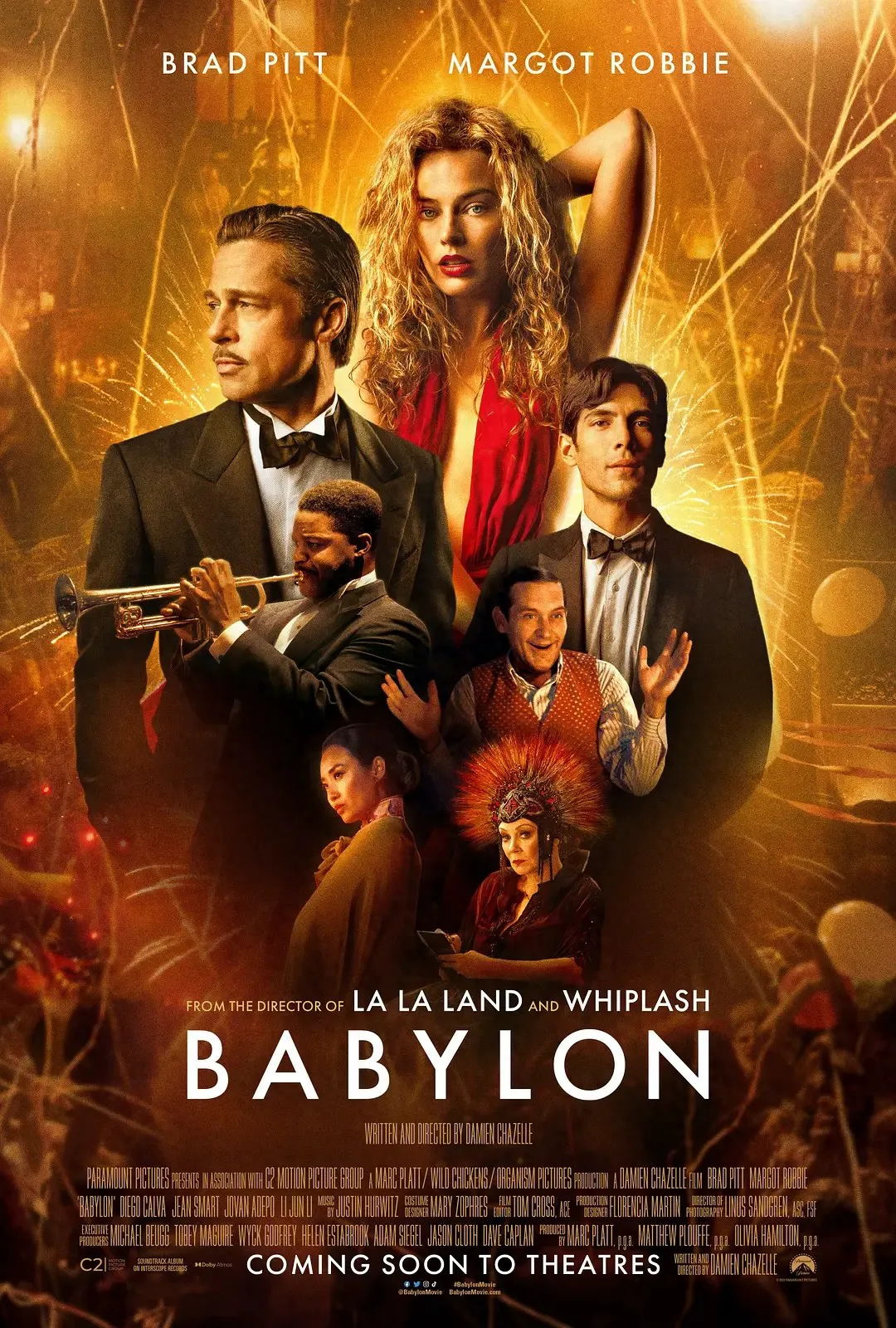
Set in the sweltering summer of 1926 Los Angeles, “Babylon” introduces us to Manny, a Mexican immigrant working as a gofer. His life takes an unexpected turn when he’s tasked with delivering an elephant to a debaucherous party hosted by a Kinoscope Studios executive. It’s here that he meets Nellie, a fiery, ambitious blonde from the New Jersey underbelly, newly arrived in Hollywood with dreams of stardom. Manny is instantly smitten.
The party is also attended by Jack Conrad, a celebrated middle-aged actor, the enigmatic Chinese-American actress Zhu Fei, and Sidney, a struggling Black jazz trumpeter. Manny’s encounter with Jack leads to a job on a film set, where his exceptional work ethic quickly earns him recognition. Meanwhile, Nellie’s captivating dance and performance skills lead to her discovery and a breakthrough role in a silent film.
The release of “The Jazz Singer” in 1927, the first feature-length “talkie”, forever alters the landscape of the film industry and Hollywood:
- Manny seizes the opportunities of this new era, rising through the ranks to become a film producer.
- Nellie, unable to adapt to the demands of sound film due to her self-destructive tendencies, spirals downward, facing pressure from the studio to change.
- Jack Conrad grapples with a mid-life crisis, his acting style no longer suited for the “talkies”.
- Zhu Fei’s sexuality makes her a target in an increasingly conservative Hollywood.
- Sidney, cast in Black jazz musicals, is pressured to conform to racist stereotypes, including darkening his skin.
The fates of these five individuals take a dramatic turn as the Golden Age of Hollywood begins to fade. Those who once left their mark on film history are now cast aside, forgotten by time.
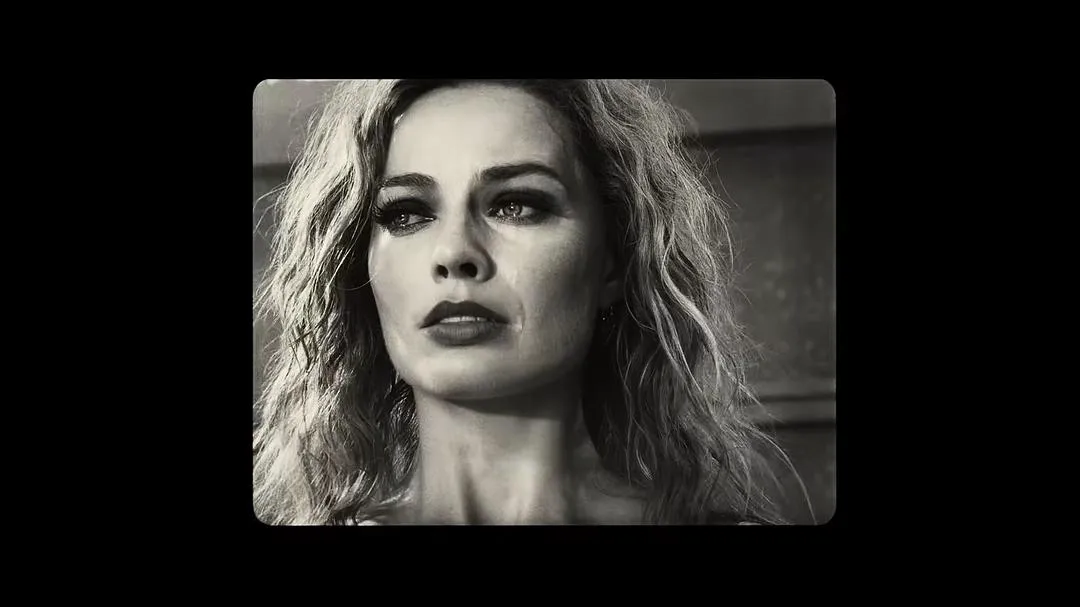
“Babylon,” written and directed by Damien Chazelle, boasts an ensemble cast including Brad Pitt, Margot Robbie, Diego Calva, Jean Smart, Tobey Maguire, and more. Released in North America on December 23, 2022, this R-rated drama explores Hollywood’s transition from silent films to sound during the 1920s. Blending real and fictional characters, “Babylon” is a bold and stylized portrayal of a pivotal era.
The Enigmatic Allure of “Babylon”
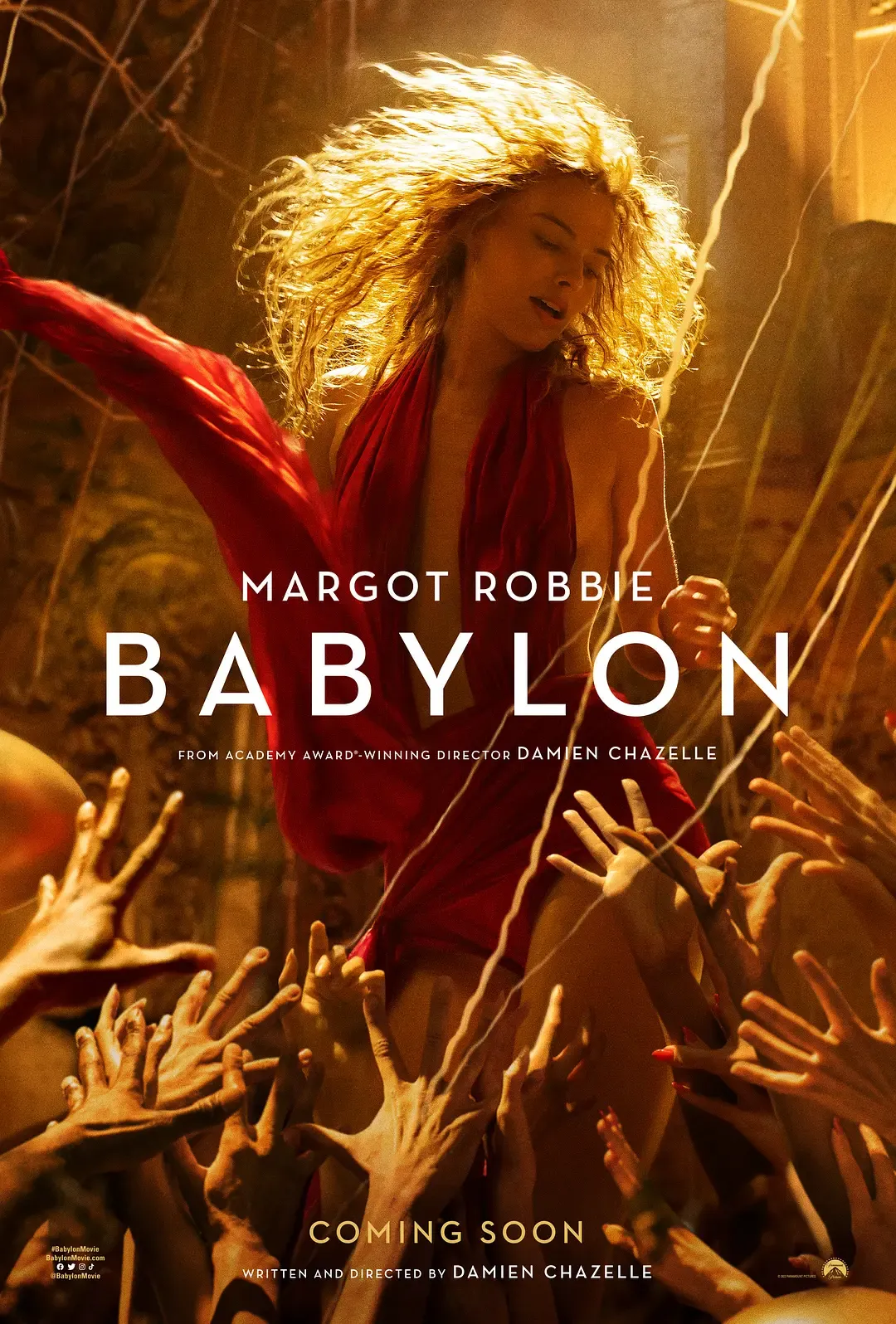
Babylon, an ancient kingdom that reached its zenith under Hammurabi only to decline rapidly after his death. The name itself is a paradox, interpretable as both “Gate of God” and “Confusion.”
This duality encapsulates the essence of “Babylon”:
Decay follows prosperity, and chaos lurks within brilliance.
“Babylon” is a sweeping retrospective of an era and the history of cinema. The film’s technical prowess, particularly its grand-scale set pieces and character choreography, is nothing short of spectacular. The narrative arcs of its diverse characters are well-developed, and its exploration of social issues feels organic and authentic.
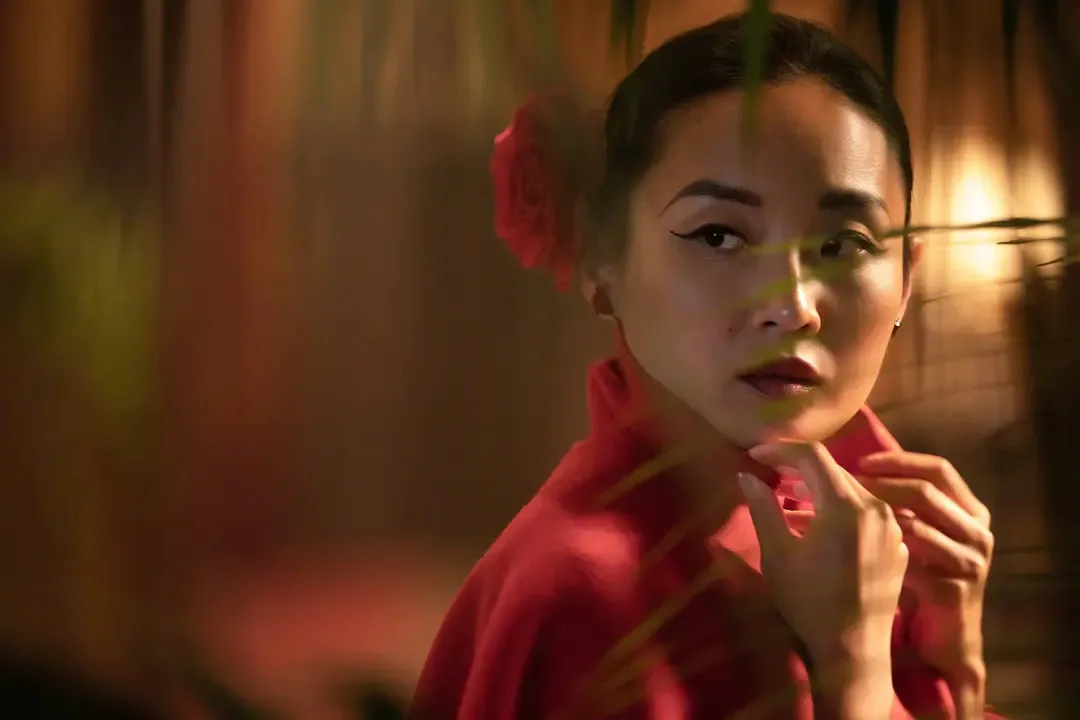
The film’s dramatic tension is heightened by scenes such as the one where a Latino character commits violence against other ethnic groups, and the portrayal of a Black actor deemed “not Black enough” is both shocking and powerfully acted. “Babylon” can be seen as a “Hollywood Fable” of the 1920s and 30s, a perspective from director Damien Chazelle on a transformative period in cinema. The film follows the journeys of four ethnic groups—White, Black, Asian, and Latin American—through the transition from silent to sound film, each facing unique challenges and ultimately meeting different fates. The seemingly chaotic montage at the film’s conclusion mirrors the chaos of Hollywood at the time, while also expressing a hope for the art and industry of cinema. The protagonist’s tears in the face of cinematic evolution resonate with the audience’s own desire for the survival of film.
Chazelle’s Vision: A Blend of Legend and Reality
What sets “Babylon” apart from Damien Chazelle’s other works, and what it shares with Steven Spielberg’s “The Fabelmans,” is its storytelling energy. Chazelle understands Hollywood’s legends, and the film’s captivating anecdotes, rather than dramatic plot twists, are what make it so compelling. “Babylon” embraces these legends, highlighting both the real events and the absurd stories of classic Hollywood.

“Babylon,” “The Fabelmans,” and Sam Mendes’ “Empire of Light” form a trilogy of “cinema magic,” each with a nostalgic reverence for Hollywood’s past. Spielberg and Mendes portray cinema as a source of redemption, while Chazelle celebrates the qualities that made Hollywood famous (and infamous): visionary boldness, flamboyant excess, carefree vulgarity, and casual indifference.
Chazelle captures the anarchic spirit of silent film sets: shouting, playing, ad-libbing, and last-minute stunts. He argues that films made in this way reveal people’s true selves, in contrast to the orderly solemnity of early sound film studios.
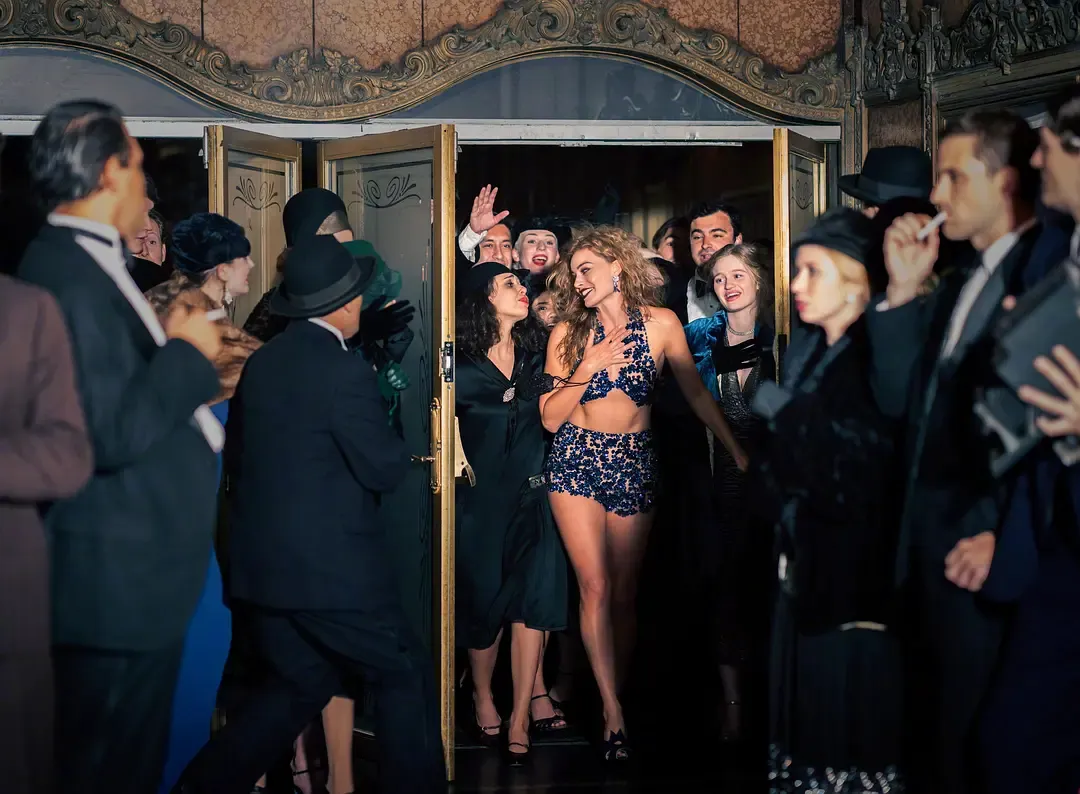
Artistic works about cultural or industrial upheaval are often grand in scope. Damien Chazelle’s “Babylon” focuses on Hollywood in the late 1920s and early 1930s, portraying it as a town teetering on the edge of an abyss between silent and sound film, between pre-Hays Code freedom and strict traditionalism.
By combining his aesthetic ambitions with historical context, “Babylon” is a journey through a bygone era of Hollywood.
A Dream of Cinema
As a film enthusiast, I’m not interested in film technology—cinema is a dream, why ruin it? This film is about the shattering of a dream, not an extension of reality: the lavish parties, the belief in one’s own importance, the overnight success, the descent into desire, the delusion that cinema can change one’s life. Dreams don’t need logic, just enjoyment.
The dream expands, encompassing history, youth, beauty, sound, race, and sexuality. Actors sacrifice everything—their past, future, relationships, and scandals—as raw material for the dream.
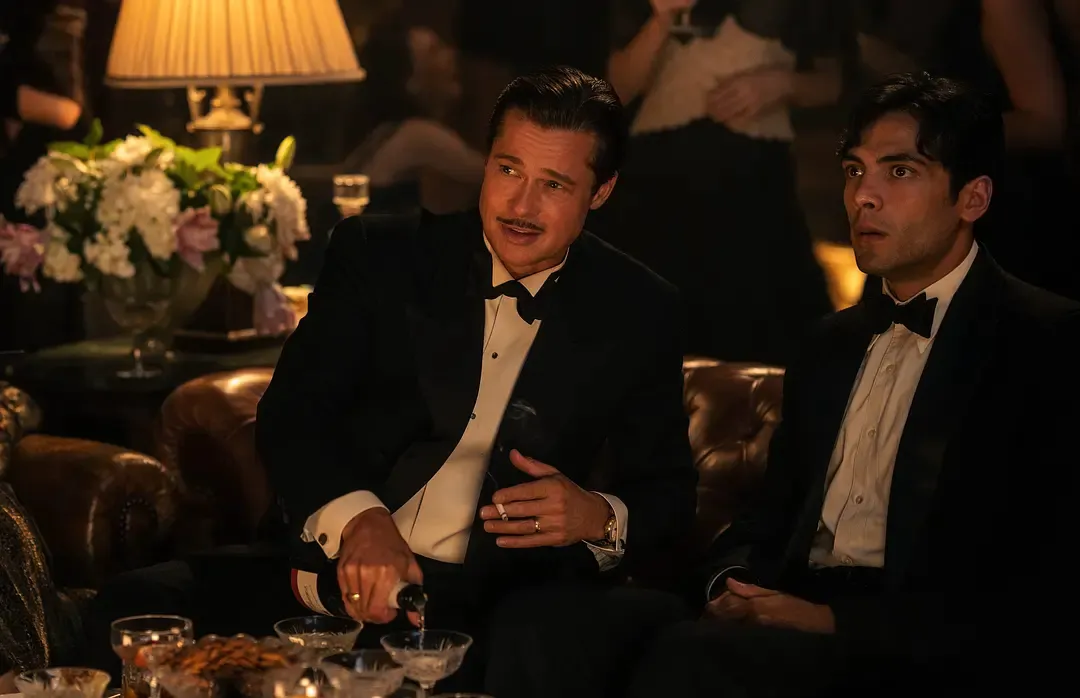
“Babylon” is a magical place, where things are fleeting yet eternal on screen. Despite the absurdity, glory, and shame, we still sit in dark theaters, shedding tears for the illusions and for cinema itself.
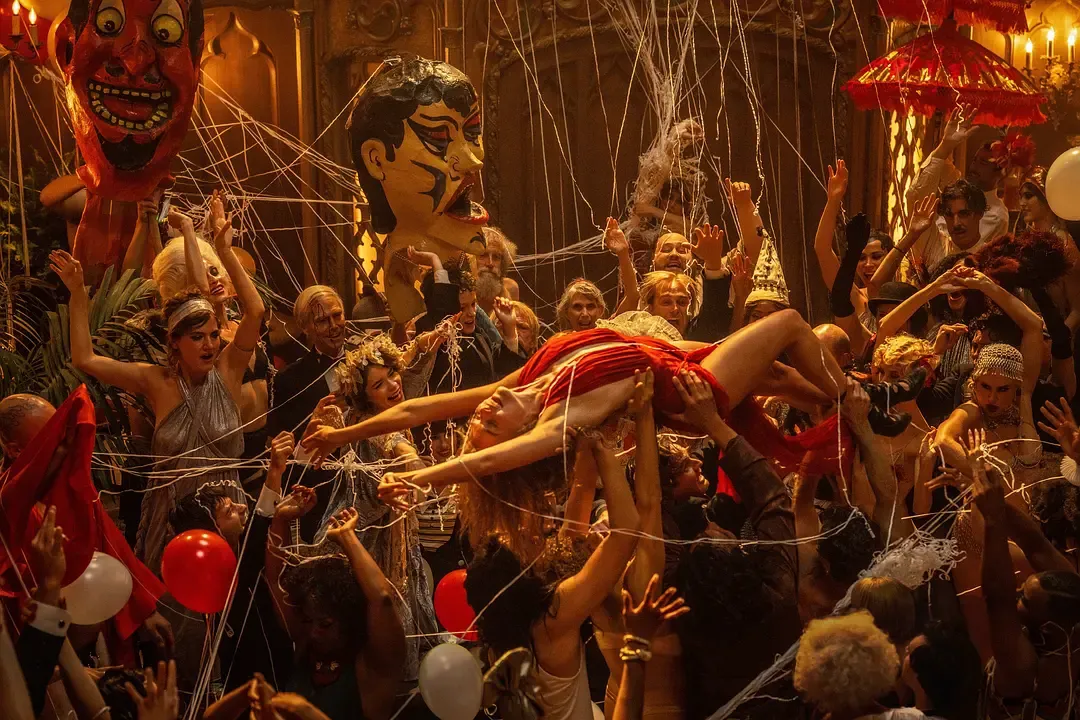
“Babylon” is a top-notch audio-visual feast, depicting the lives of various characters in Hollywood: love, friendship, success, failure, drugs, sex, dreams, politics, and race. It’s a place of absurdity and satire, yet it attracts countless people.
“Babylon” reveals the rough and fast-paced nature of Hollywood’s Golden Age, where masterpieces are built on foundations of desire, greed, and violence.
Cinema reflects history, war, politics, culture, and life. It reveals both the beauty and ugliness of society, and it drives progress in aesthetics.
We love the extravagance, the emotions, and the diverse forms of love in movies. We love the stories, the characters, and the techniques. We are moved by both art films and commercial films. Even though Hollywood is a mysterious and dirty place, we still love it and what it creates: cinema.
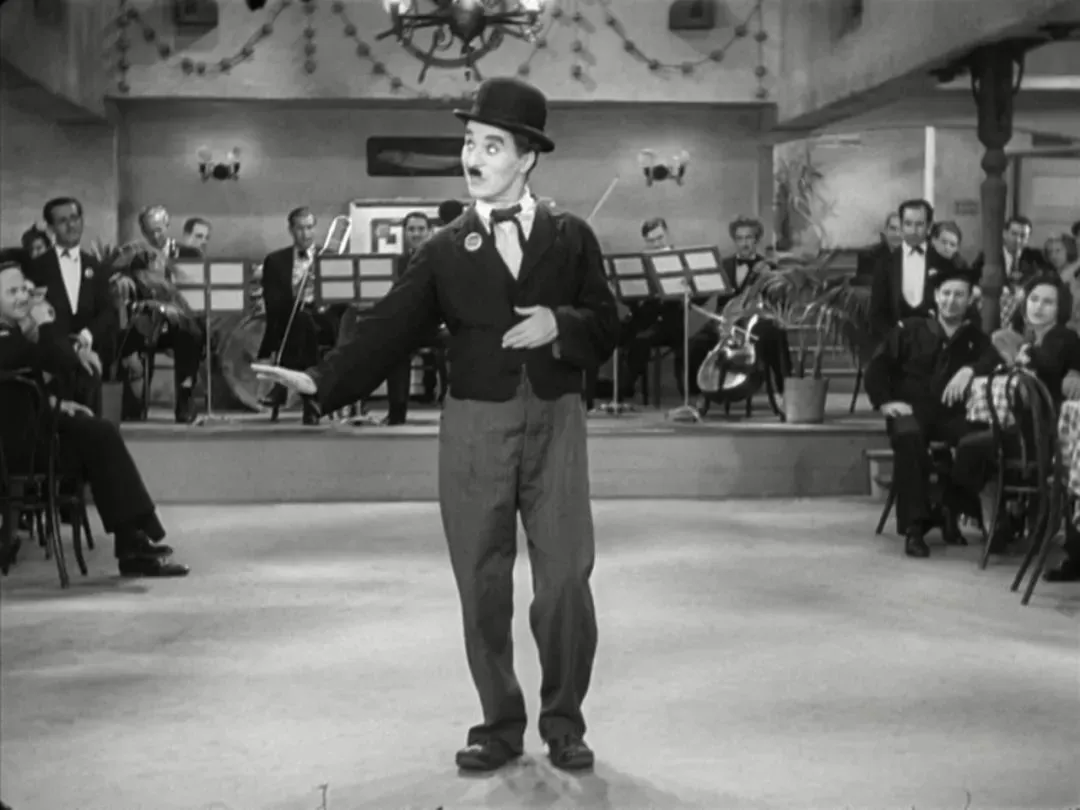
In the face of COVID-19 and the rise of streaming, many people long for the past. But we must adapt to change. The dream is expanding, and we must be ready for a future where everyone is an actor, dreams are customizable, and there is no distinction between reality and illusion.
